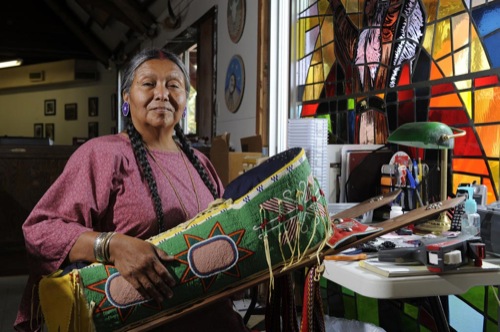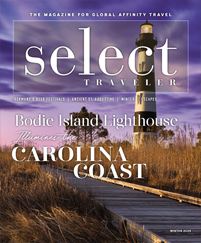
Native American museums
For those interested in exploring more of Oklahoma’s rich Native American history, the Five Civilized Tribes Museum located in Muskogee offers a special look into the culture and history of the five tribes original to Oklahoma, with an option to purchase artifacts and gifts made from Native American artisans. Housed in a historic Union Agency building from 1875, the museum is open year round and plays host to numerous lectures, workshops and art shows throughout the year.
Another great way to dig deeper into the archaeological roots of Native Oklahoma is with a visit to the Spiro Mounds Archaeological Center in southeastern Oklahoma. The site is the only prehistoric Native American archaeological site open to the public in the entire state and gives groups a look at what life was like for the Caddoan-speaking Native Americans between 850 and 1450.
Visitors returning to Oklahoma in 2014 will get the chance to explore the brand-new American Indian Cultural Center and Museum in Oklahoma City to get an interactive experience with the present-day and historical Indian communities of Oklahoma. Although construction has been halted on this dynamic center, once opened, the site will give a voice to American Indian values and lifestyles by offering a venue for arts, dance, music, literature, crafts and more right in the heart of Indian country.
Remembering Will Rogers
Oklahoma is home to the largest concentration of American Indians in the nation, with a Native American population of more than 321,687 spanning 39 federally recognized tribes. The one thing you won’t find in the state, though, is a scattering of cordoned-off reservations.
“Oklahoma is such an authentic destination; we are not plastic and fiberglass here,” said Stallbaumer, who’s lived in the state for more than 39 years. “There are programs for the tribes to preserve their languages and things like that, but we don’t have any reservations in our state. We have one mineral reservation, but we don’t have reservations like what you’d think of in Montana or Arizona or even New Mexico. The tribes are very much assimilated into the state’s culture, or maybe we should say the state is very assimilated into the Native American culture here. There aren’t any boundaries like you see in other places.”
It’s because of that assimilation that Okies can boast of their historic and present-day successes. Just one trip to the Will Rogers Memorial Museum is proof enough of how one Oklahoma man was able to make it big as both a Sooner and a Native American. The museum seeks to celebrate and preserve the life and legacy of this larger-than-life actor and family man with interactive displays, galleries, theaters and guided group tours.
“Will Rogers was Cherokee and known as Oklahoma’s favorite son,” said Stallbaumer. “The best thing about Will is that most of the things he said during his lifetime are still applicable today.”
Even though many people associate Rogers with his great sense of humor and his witty quotes like “A man that don’t love a horse, there is something the matter with him,” this American Indian cowboy was also famous for his inspiring quotes declaring “We will never have true civilization until we have learned to recognize the rights of others,” “America is a land of opportunity and don’t ever forget it” and “There ain’t nothing to life but satisfaction.”
For groups looking to live out what Rogers preached throughout his lifetime, Oklahoma offers some culturally enriching options, like the cultural centers spread across the state.









